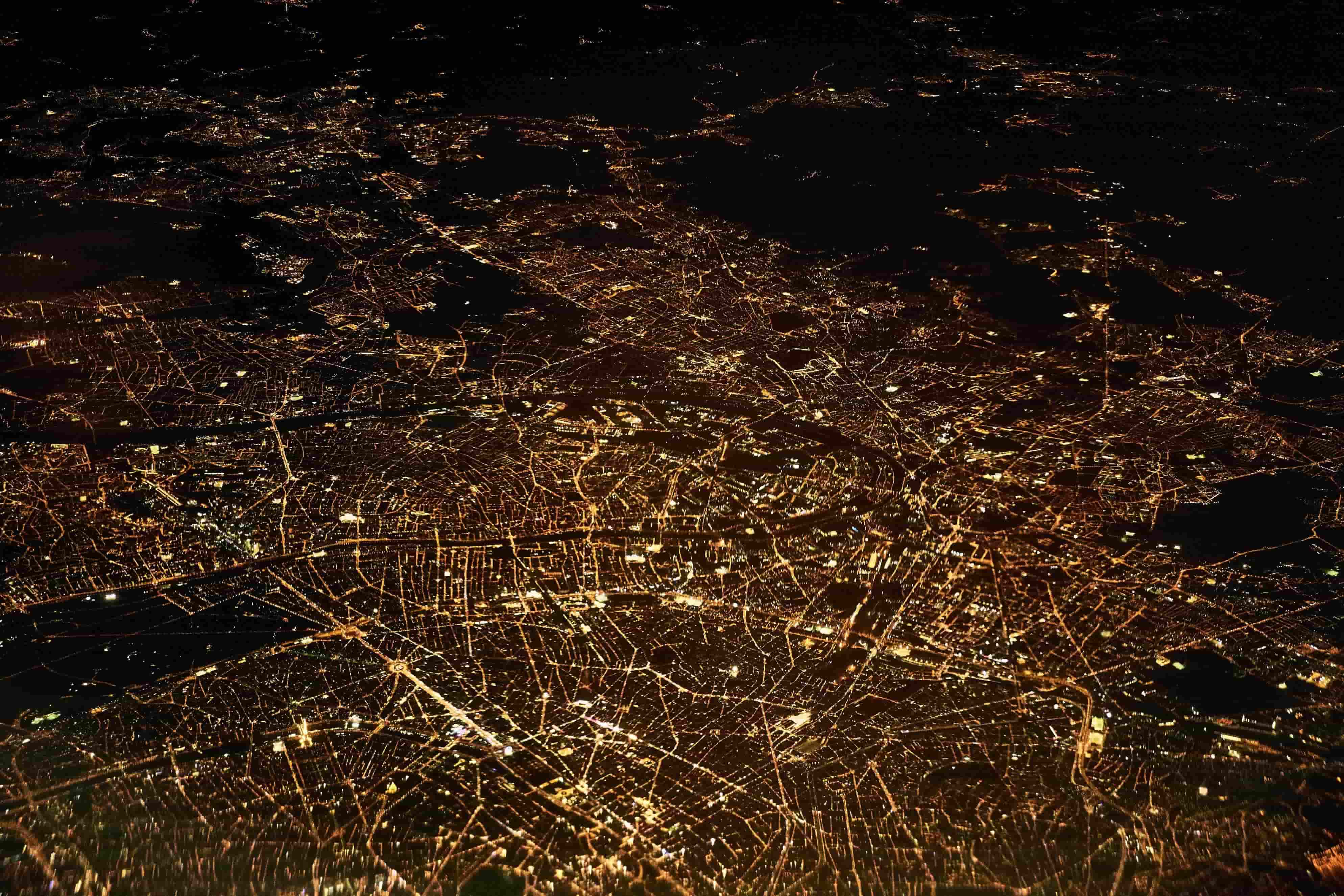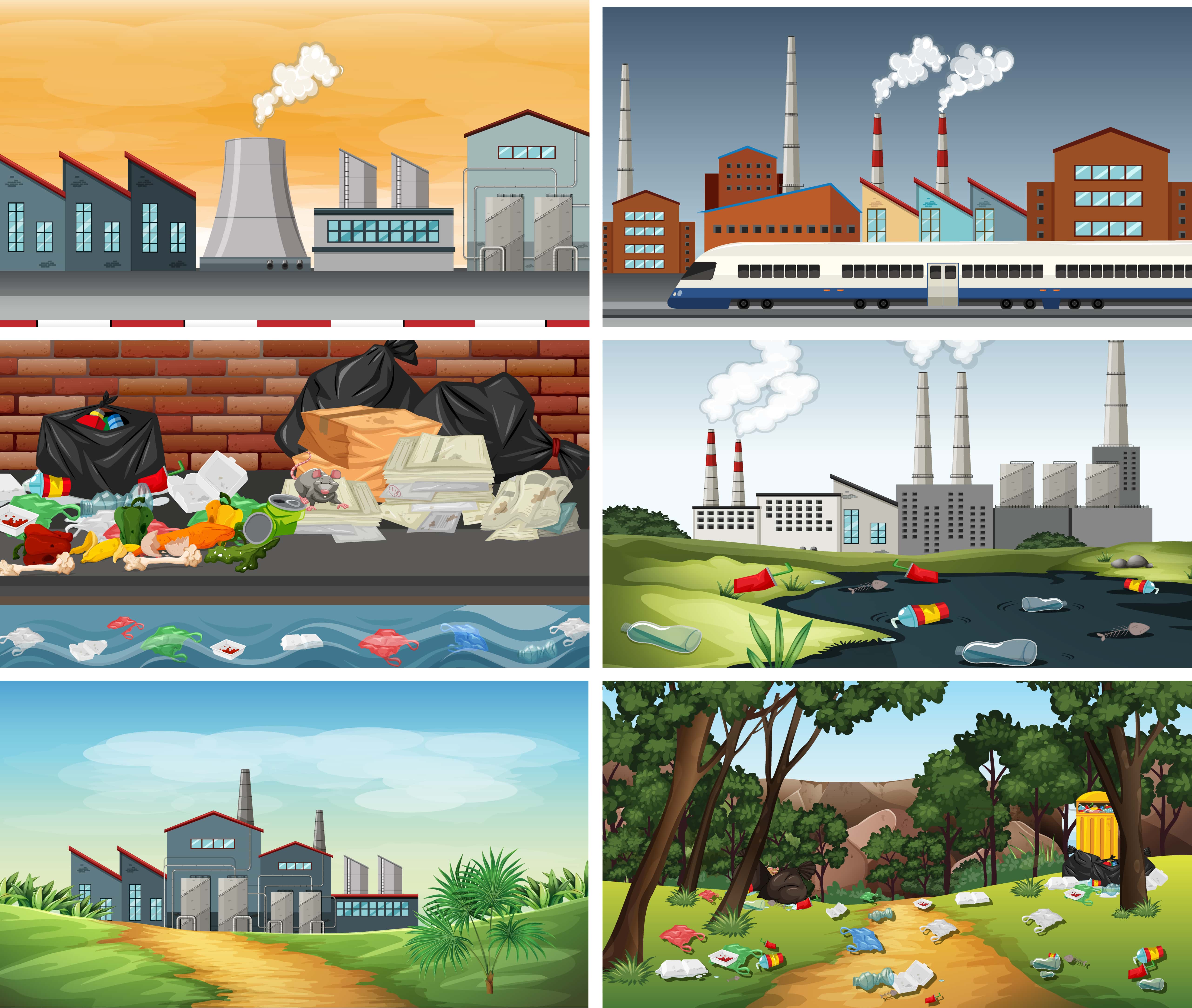Blog / Tech / Sustainability in the digital world

Sustainability in the digital world
Feburary 10, 2021 by SolidFish TeamWhen you are trying to live more sustainably, one key thing to consider is the carbon footprint of everything you buy, use and do. But trying to work out how much carbon is emitted in your name can be a minefield. And there are several things most people do not consider. One key area that individuals often forget when thinking about carbon emissions is their digital footprint.
You might not realise it, but each email you send, internet search you undertake, upload or download comes at a cost. Each time you do something online or in the digital world will result in a small amount of real-world carbon emissions. Of course, it takes energy to run your devices and to power the wireless networks you access. But a lot more energy is required to power the data centres and vast servers that keep the Internet running, and store content.
Each individual digital action only requires a small amount of energy which equates to a small amount of emissions. But those individual actions add up. It is necessary to think beyond the obvious and consider hidden, or often overlooked sources of carbon emissions.
Around 4.66 billion people, over half the global population, are now online[1] and all that online activity accounts for 3.7% of global greenhouse emissions[2]. This means that our digital activity contributes relatively significantly to our climate crisis. And things will only get worse. Emissions from digital actions are predicted to double by 2025[3].
The developed nations of the world are the largest contributors to the global digital footprint. Importantly, those of us lucky enough to have good online access should do what we can to reduce the impacts of our activities – not just in the real world of our everyday lives, but in the digital realm too.
How Can We Reduce Our Digital Footprint?
Of course, a large proportion of the responsibility for lowering digital footprint lies with tech companies and businesses within this sector. They can use renewable energy for data-centres and work for greater efficiencies. And those who manufacture the devices and equipment we use can work towards lower emissions and greater sustainability.
But as individuals, we can all make a difference too. Of course, we can do so by looking into the devices we use, and the companies we choose. The more we learn about the options we take, the better equipped we will be to make the best decisions for our planet and humanity.

Choosing and Using Devices
Choosing the right devices can help reduce the overall impact of the time we spend in the digital world - looking for options with as low an environmental impact as possible is crucial. Also, keeping devices in use for as long as possible help reduce emissions too. For example, by extending the time you use a single computer and monitors from 4 to 6 years, you could avoid the equivalent of 190kg of carbon emissions[4]. You can also reduce your impact by making sure you send devices and electronic equipment for recycling at the end of their useful life.
Finally, we can also ensure that within our homes, our devices are run using renewable energy. Either making the switch to a green energy provider or generating our own renewable power at home.
Changing Our Practices When Online
We can change how we use our devices and spend time online to cut down our digital footprints.
- Go easy on emails, send fewer, and avoid large attachments where possible.
- Swap email attachments for links to documents.
- Consider sending texts rather than emails for simple communications.
- Don't send 'Thank you' emails or other communications that are not really required
- Unsubscribe from emails you don't want to read.
- Try to send fewer emails to multiple recipients.
- Delete email backlogs so that they do not need to be stored.
- Consider switching to a lower screen resolution when a higher one is not required.
- Make sure you don't have videos playing accidentally in the background.
- Think twice before watching videos – consider other entertainment options.
- Stream over Wifi rather than mobile networks to use less energy.
- Delete old apps, music, videos etc. that you no longer want or need.
- Be wary of cryptocurrencies, which can come at a high carbon cost.
You can also choose a green search engine – like Ecosia, which plants a tree for every 45 searches. And try to host websites or visit websites hosted on green servers in preference to those that are not.
Try a Digital Detox
And of course, you can limit the time you spend in the digital world. Get away from your screens and, head out into the natural world, read a great book, develop new hobbies or hone new skills. Try a digital detox and, you can avoid creating a digital footprint altogether – at least for a short time.
We can all do our part by being more aware of our carbon footprint – including our digital footprint online. And recognise that even when we are in the digital world – our actions and choices have real-world consequences.
Sources:
- [UP] Statista: Internet users in the world 2020.
- [UP] Lean ICT: Towards digital sobriety.
- [UP] BBC Future: Why your internet habits are not as clean as you think.
- [UP] A report by Jim Hart: Carbon emission implications of ICT re-use at the University of Edinburgh.
What to Read Next

